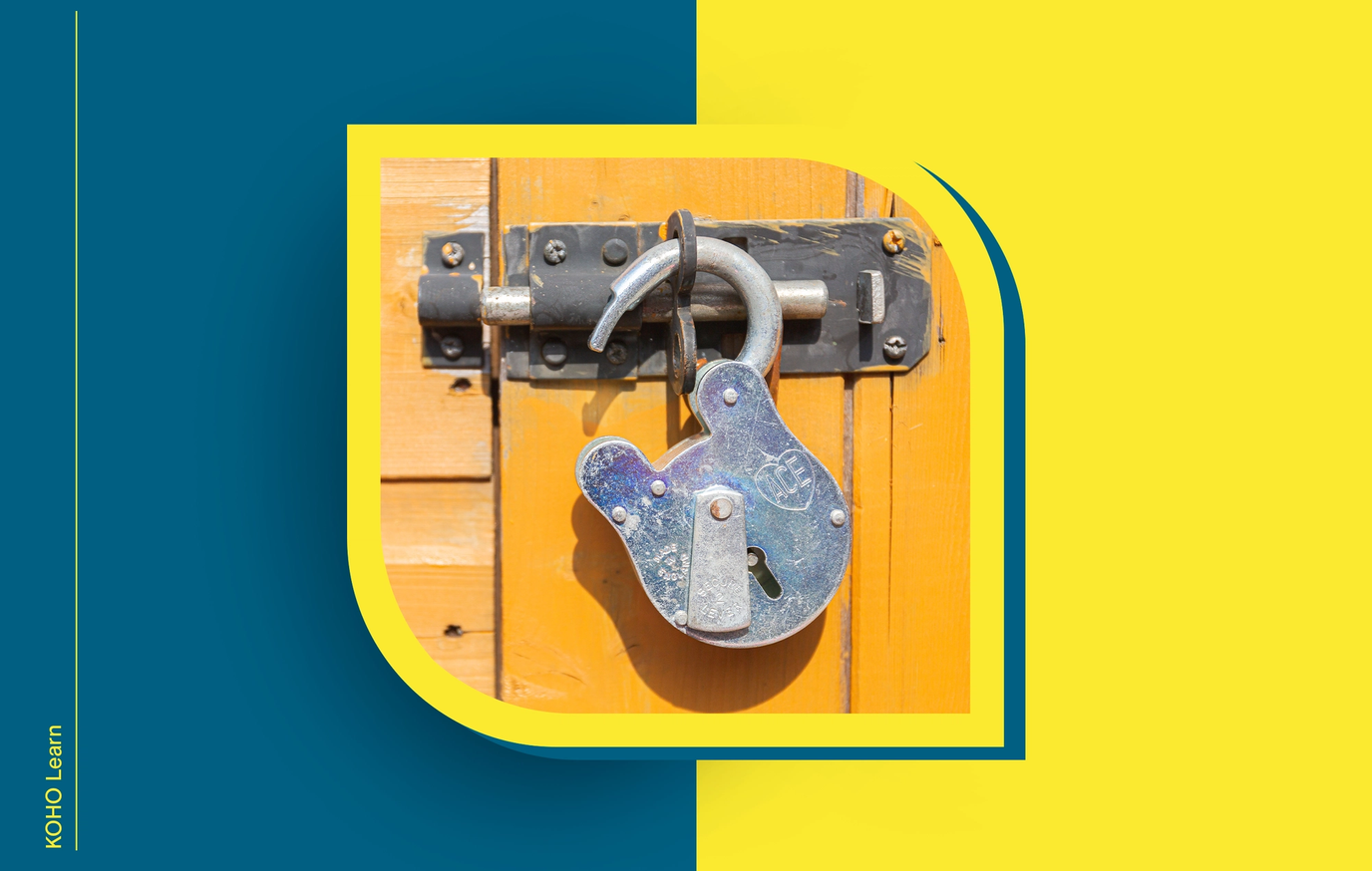
Rounding it up
The CDIC, or Canada Deposit Insurance Corporation, insures eligible deposits in each of its seven categories for up to $100,000 each.
If the bank does fail, the CDIC will work with you and relevant authorities to get you reimbursed.
If you have more than $100,000 in one of the eligible categories, you should consider putting that excess elsewhere.
Whether it’s your car, your home, your boat, or your health, insurance is a crucial part of living a safe and secure financial life. Imagine if you did not have car insurance and simply had to pay out of pocket for repairs if you got into an accident! Or imagine if your home was destroyed in a fire but you didn’t have insurance to help rebuild it! Just thinking about it makes us shudder.
Insurance is one of those things you don’t really need right up until the point where you really, really need it. Now imagine if you didn’t have insurance for the money in your bank account. Not having insurance on those other things is undoubtedly bad, but if you didn’t have a way of securing the money you use to pay for those things, what would you do?
Thankfully, Canadian bank accounts are insured by the Canada Deposit Insurance Corporation (CDIC). You may be thinking, “I don’t pay for anything, though...do I have insurance?” Actually, yes! Read on to learn more about deposit insurance.
What is deposit insurance and who's doing the insuring?
Deposit insurance is really as simple as the name implies. When you deposit money into a Canadian bank, that cash is insured against the bank going out of business or bankrupt. If the bank should, for some reason, fail, your hard-earned money is backed by the faith and credit of the Canadian government. Nice, huh?
The CDIC is in charge of insuring all Canadians’ eligible deposits. It was established by Parliament in 1967 and at the time, insured up to $20,000 of eligible deposits. Today, the group insures up to $100,000 per type of eligible deposit (more on this number below!).
All banks and financial institutions that are members of the CDIC automatically offer insurance coverage. Because there is no registration or signup process, you’ll only really know you have or need CDIC insurance if your bank fails.
So, what actually happens in a failure?
Bank failures can happen for all sorts of reasons. From bad bets in the stock market to over-leveraging on a certain class of loans, banks, just like any other business, can become overburdened with debt and go bankrupt. There are plenty of laws and regulations to prevent this from happening in the first place but every now and again, it still does. The last bank failure that the CDIC stepped in to resolve was the Security Home Mortgage Corporation in 1996.
When a bank or financial institution fails, the CDIC steps in to take control of the bank. It takes a full record of the depositors and their account balances and works with the Canadian Revenue Agency to get consumers reimbursed based upon account type. The process is intended to be as easy as possible so the CDIC, quite literally, just signs a cheque and puts it in the mail. Easy peasy.
So all of my money is insured, right?
All eligible deposits are insured for up to $100,000 per category. That word eligible there is incredibly important. Let’s take a look at the categories that are insured and how you’ll get your money back with each.
Deposits
Deposits to your chequing or savings account are eligible for up to $100,000 of coverage. This is an important note: Each account is insured for up to $100,000. If you have a joint account with your spouse or partner, that account is still only insured for the same amount. In the event of a bank failure, this money is paid as part of the CDIC’s rapid reimbursement program and you’ll get a check in the mail quickly.
Registered Retirement Savings Plan (RRSP) accounts
Separate from above, up to $100,000 of RRSP accounts are insured as well. These accounts are specifically for retirement and grow tax-free. The CDIC works closely with the CRA when reimbursing RRSP account holders to ensure there are no negative tax implications.
Registered Retirement Income Fund (RRIF) accounts
These are similar to RRSPs but offer fixed payments each month in retirement as opposed to payments that can fluctuate with the market. RRIFs are akin to pensions and are separately insured for up to $100,000. The CDIC will, again, work closely with the CRA to ensure things run smoothly.
Tax-Free Savings Accounts
TFSAs are similar to RRSPs but the funds can be withdrawn at any time, tax-free. This type of account is simply a vehicle for Canadians to save money for the future without tax implications. There is a $6,000 annual deposit limit, but the CDIC also insures these accounts for up to $100,000.
Deposits held in trust
The CDIC will insure up to $100,000 per beneficiary for deposits held in trust. This is importantly different from the other accounts where the number of beneficiaries does not matter. Trusts are set up as a way for individuals to share wealth with the named beneficiaries. There are a number of rules that govern how money is recovered after a bank failure.
Deposits held for paying taxes on mortgage properties
Escrow accounts are those set up specifically to hold money used to pay property and other taxes on mortgaged property. These accounts are also insured for up to $100,000.
SPEND SMARTER. SAVE FASTER
What happens if I have more than $100,000 in an account?
It’s not insured by the CDIC, plain and simple. If you have more than the insured limit in a bank account and the bank fails, you’ll have to apply for restitution like all of the other creditors of the bank. Banks typically fail when they can’t meet their financial obligations, and liquidation can take many months. It's best not to get into this process if you don’t have to do so.
You can easily open separate accounts and spread your money out as needed to avoid losing deposits over $100,000. In reality, this is a far better practice too. If you have more than the insured in a depository account, it is likely better to move some of that money into an investment account that can help your money grow.
What are some next steps?
First, make sure that the financial institutions with which you do business are CDIC insured. It is possible to bank with companies that are not and it’s important to continue a relationship with a financial institution that is backed by the Canadian government. Once you know that your institution is insured, make sure you keep your accounts under the $100,000 limit. Understanding the relationship the government has with your money and the important role they play in defending it is critical to your financial success.

About the author
Dan is a runner and writer living in the Washington, D.C. area, where he currently works for a financial services trade association as the Communications Director.
Read more about this author